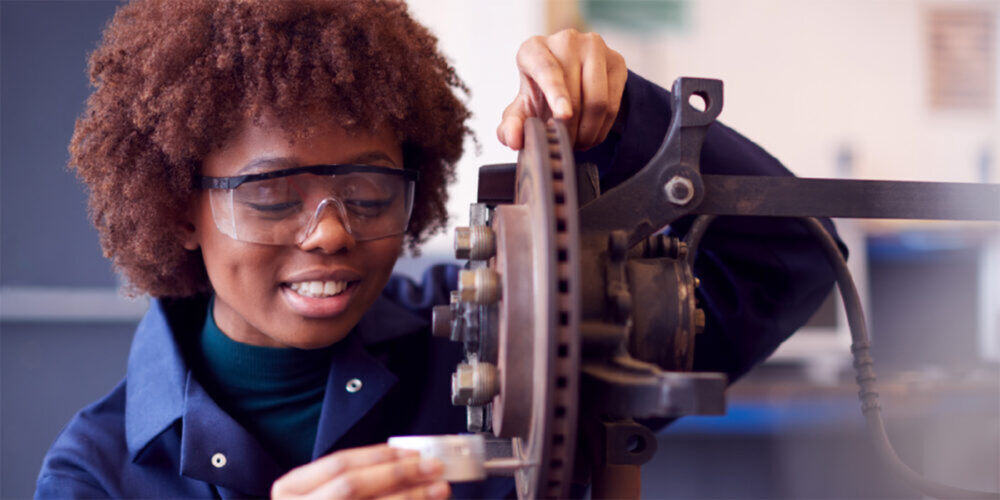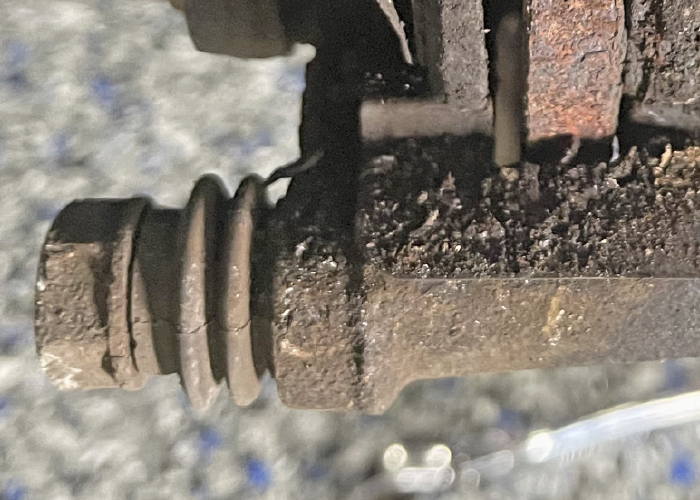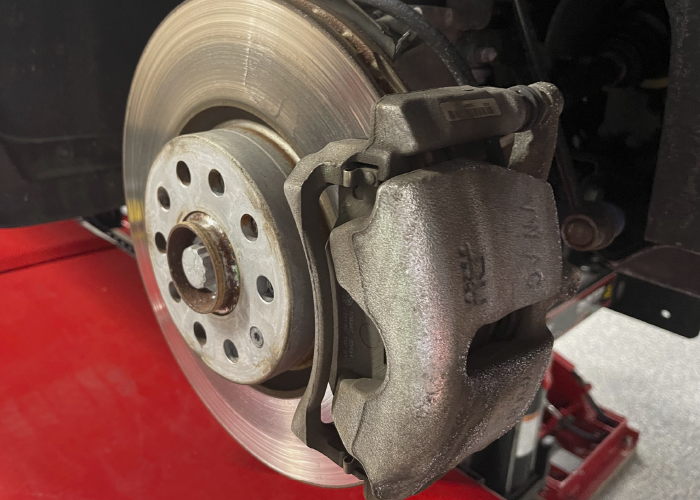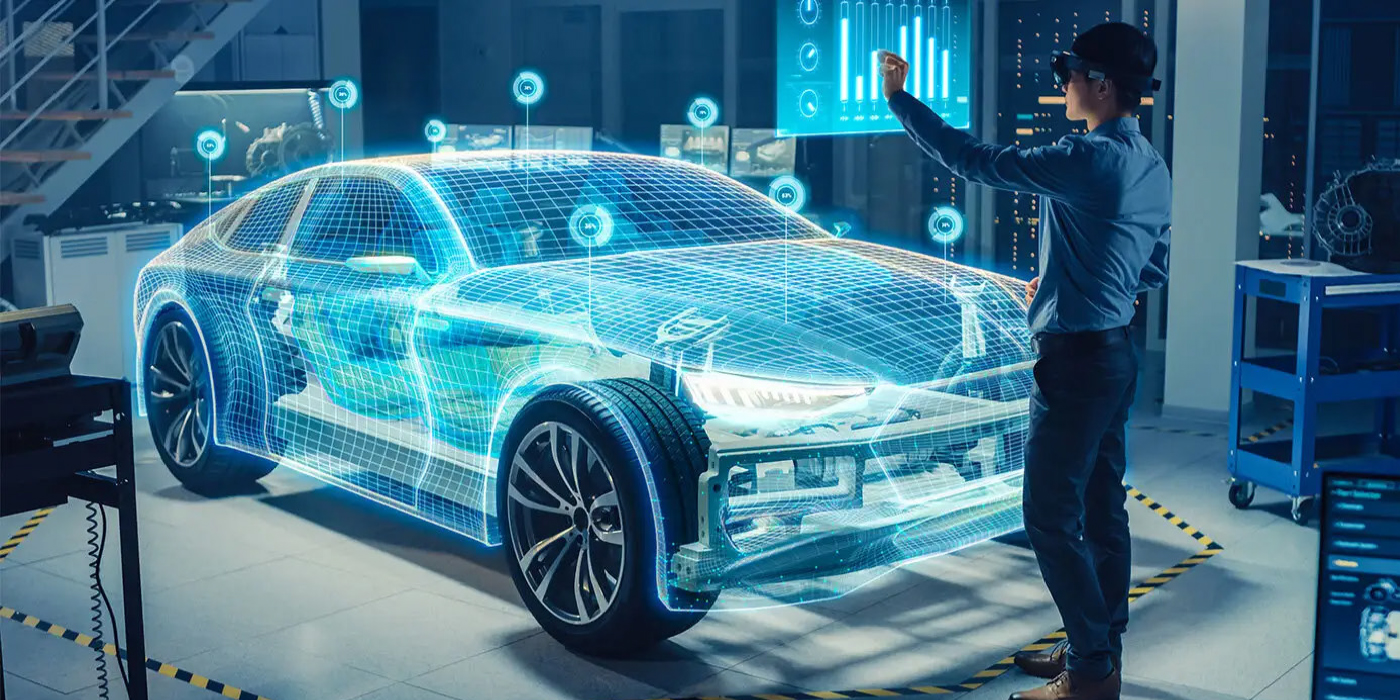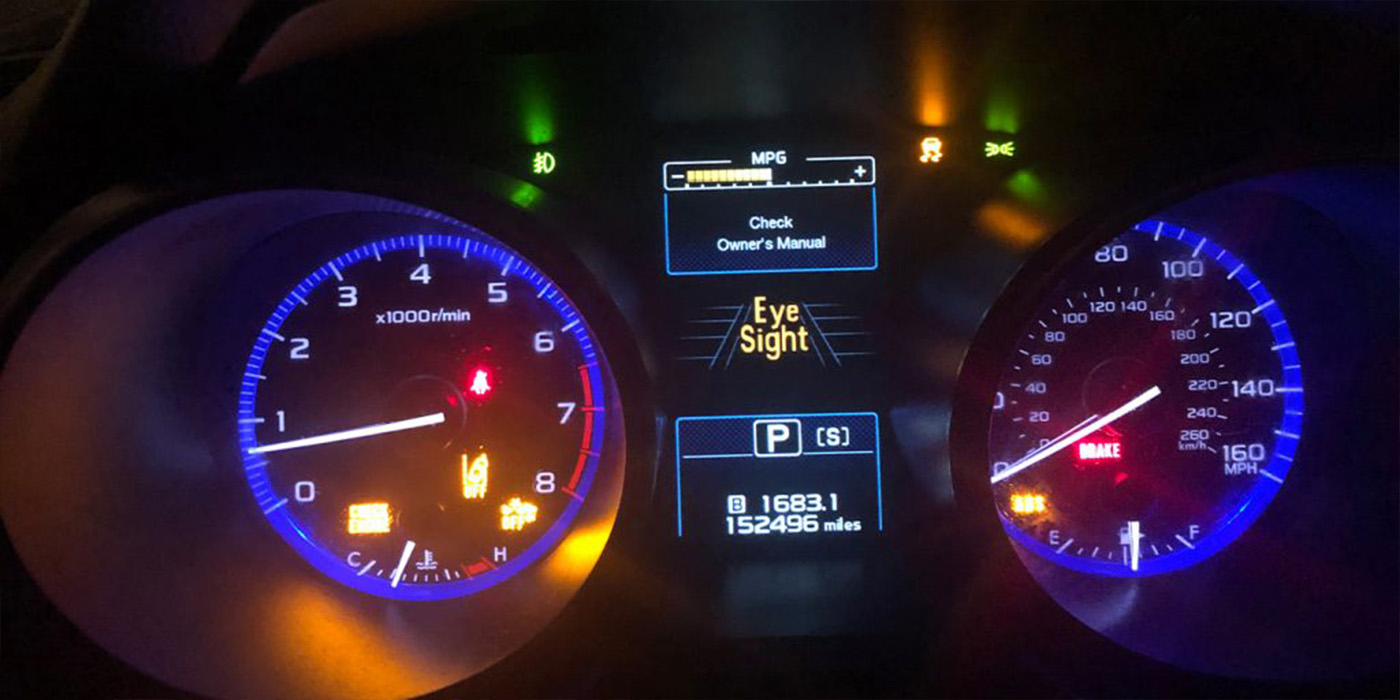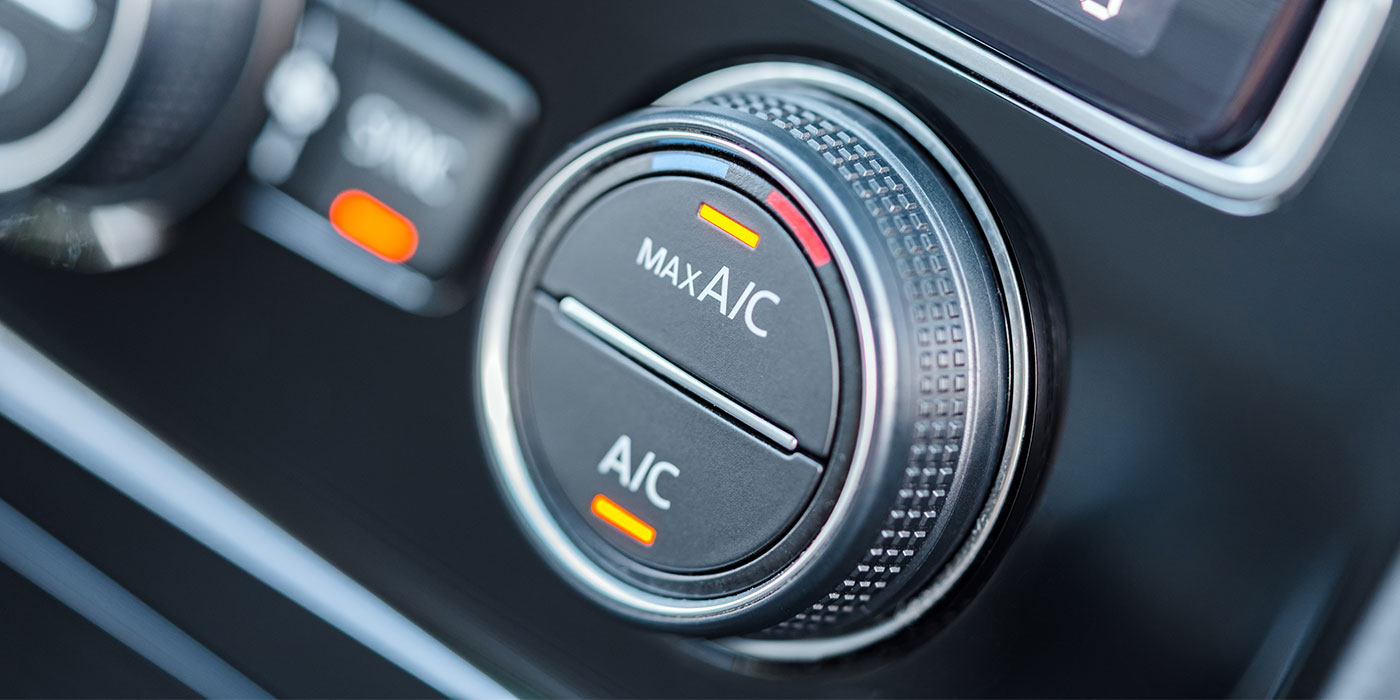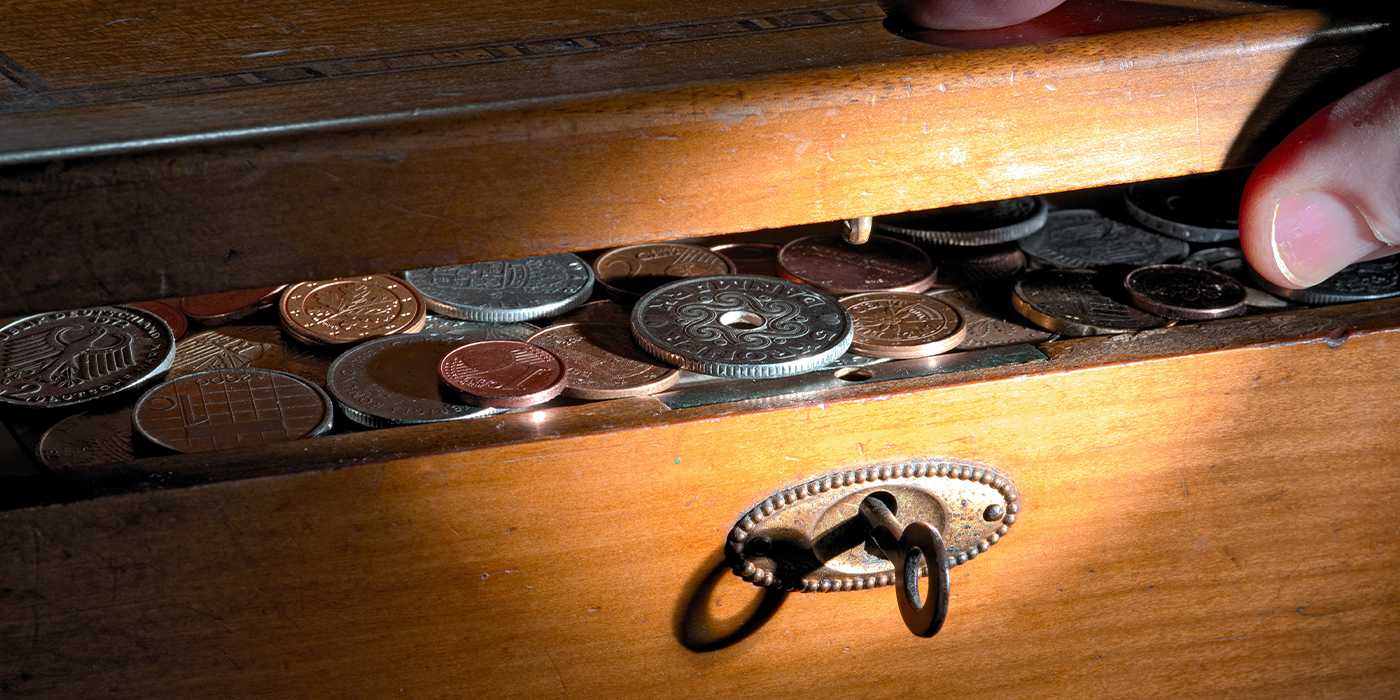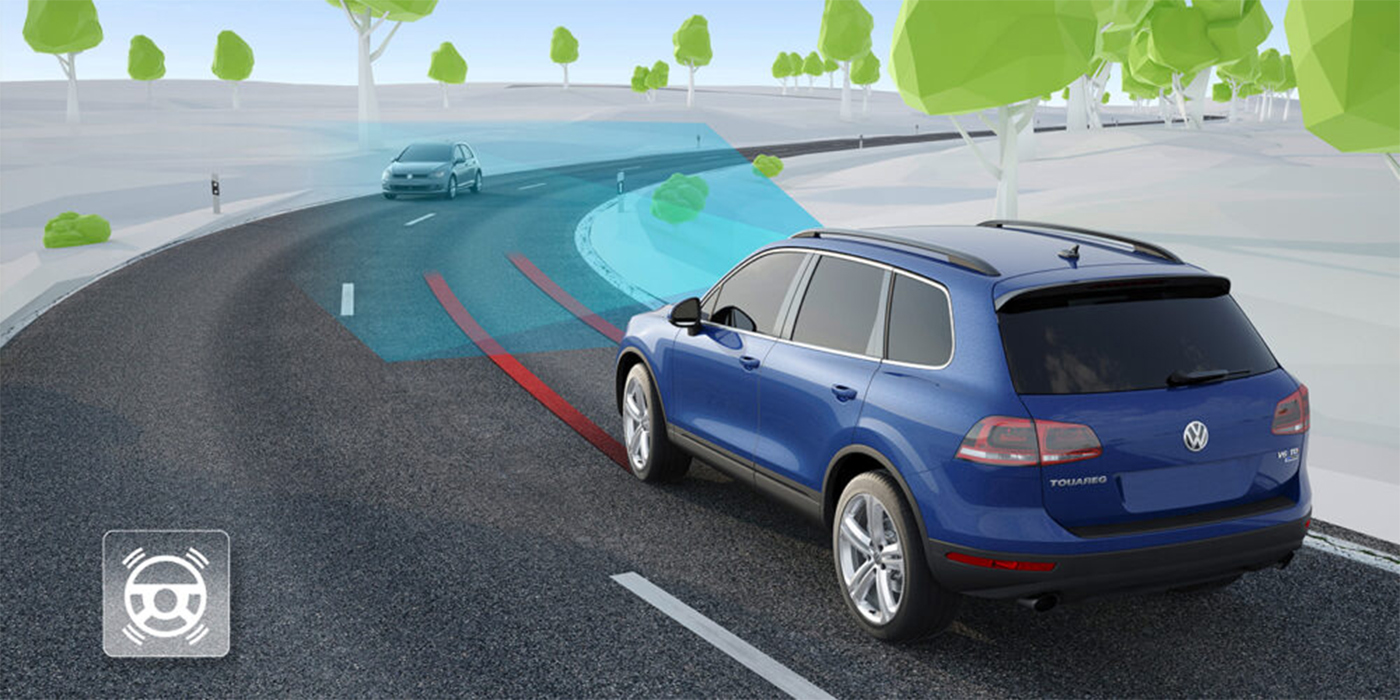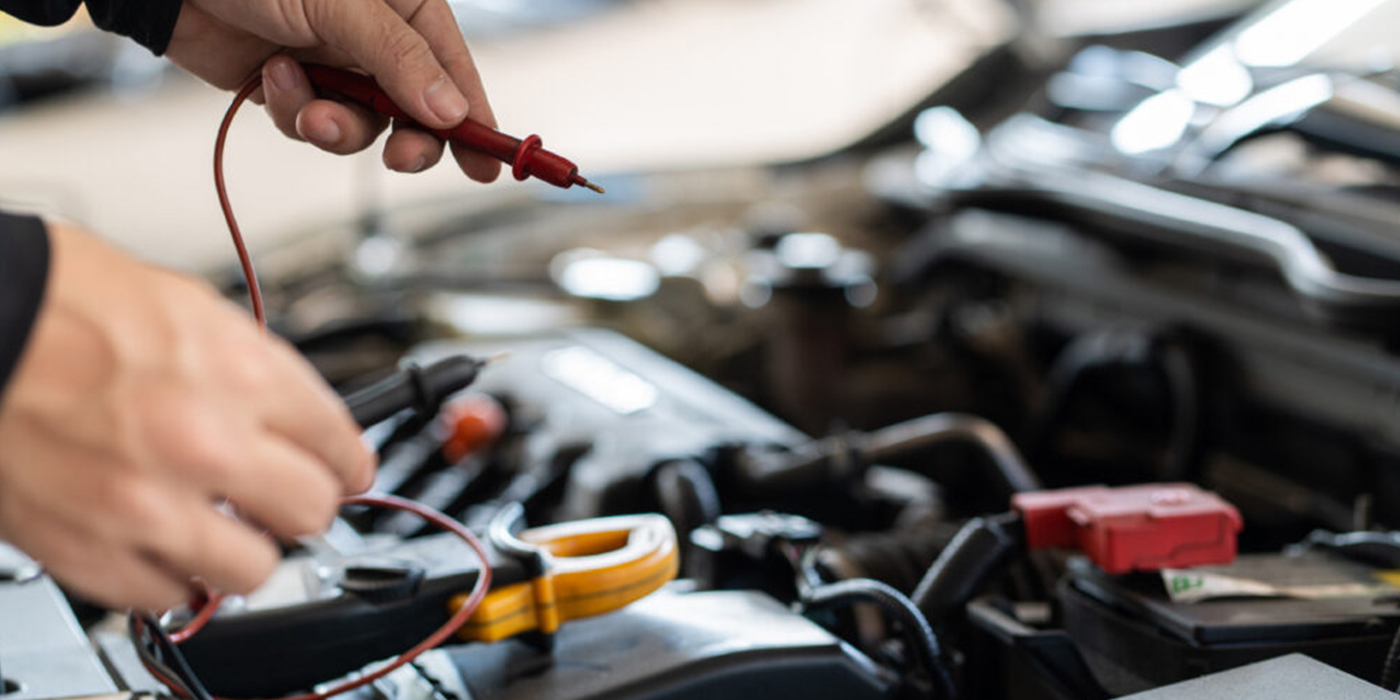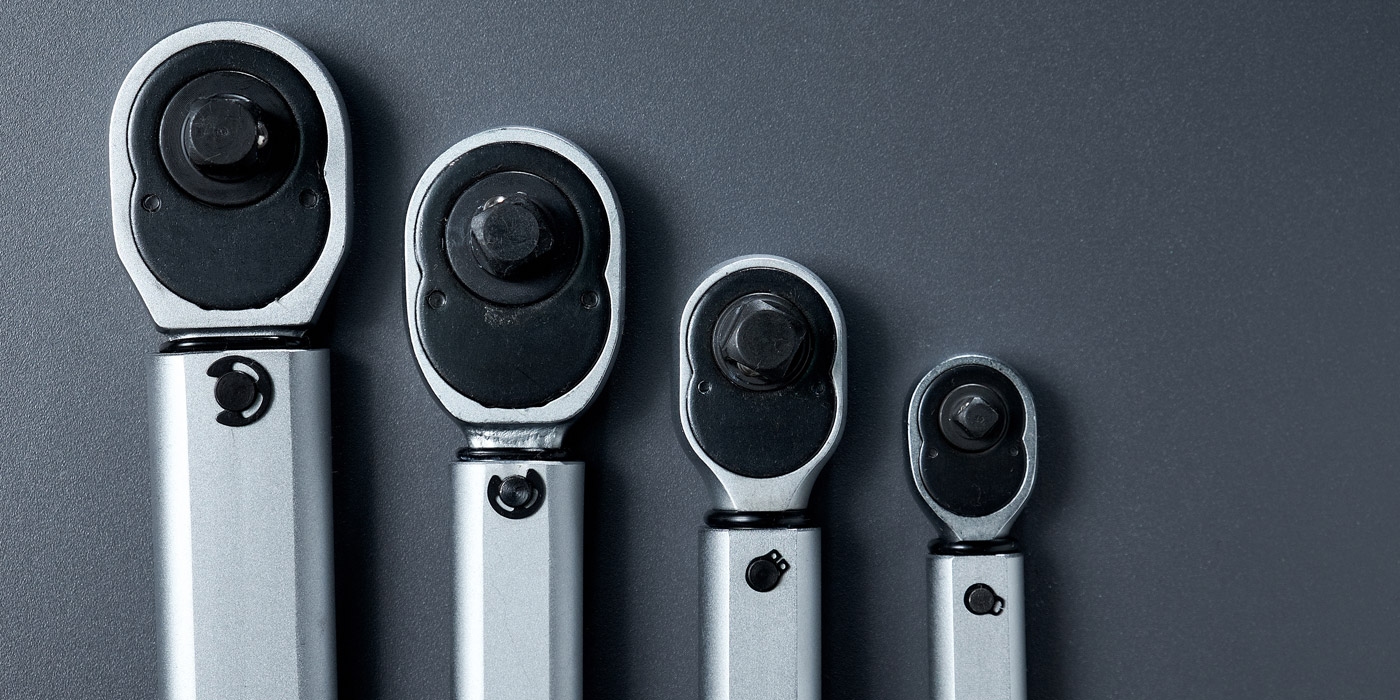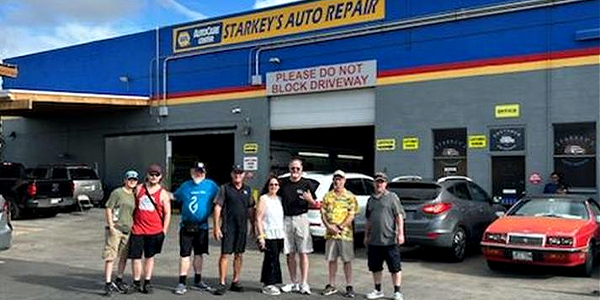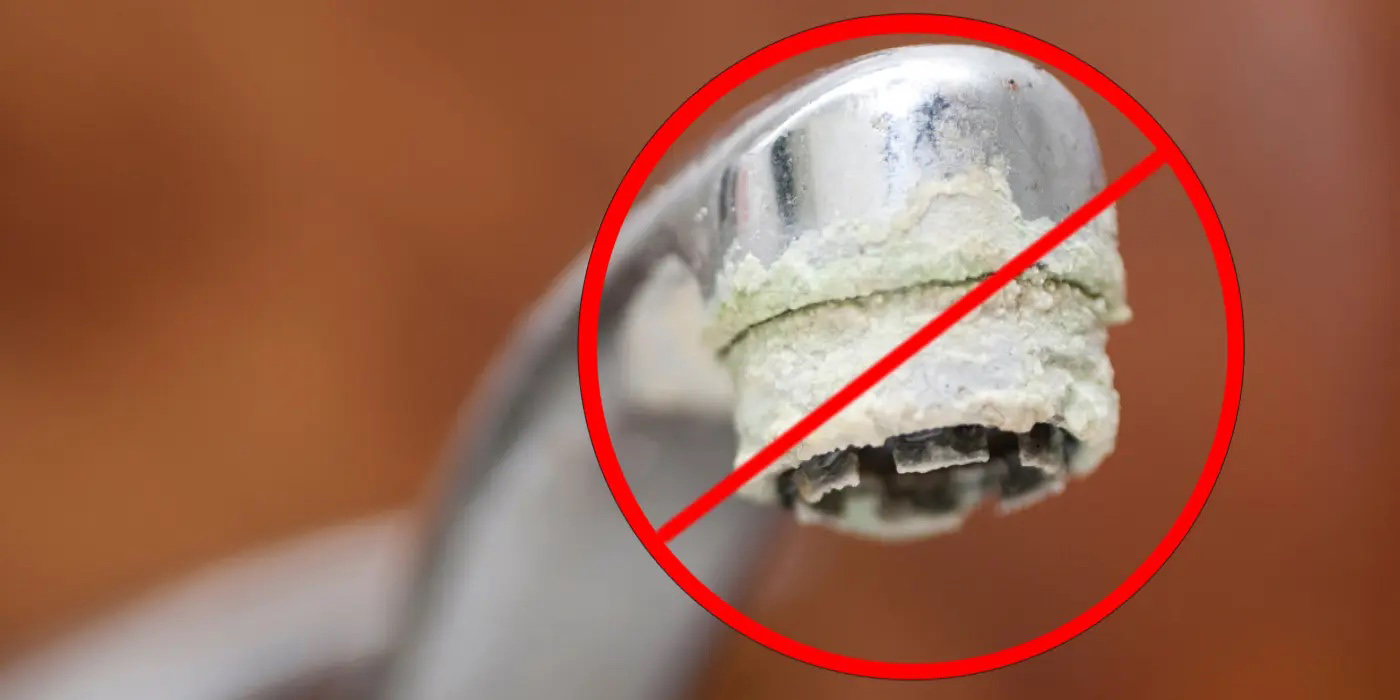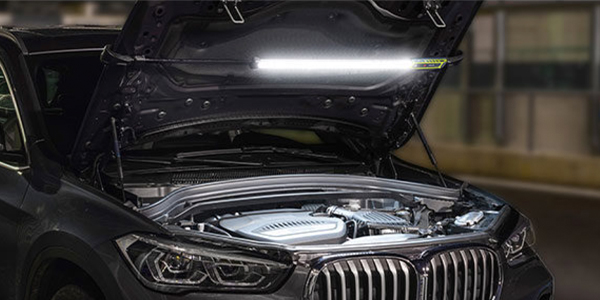Sometimes, rookies make mistakes (pros aren’t exempt either). Here is our Top 10 list of common mistakes that can happen when replacing calipers, brake pads or rotors. It’s a solid reminder to pay attention to the small stuff.
1. Not cleaning the brake slides and hardware: Just slapping new pads and abutment clips where the old ones once resided never works. The caliper bracket slides need to be clean and free from rust. Don’t get overly aggressive with the wire brush. Some automakers are using anti-corrosion coatings and surface treatment on the brake caliper bracket lands. If brake cleaner and a nylon brush can’t tackle the deposits, you might be making the corrosion worse by using a wire wheel or file.
2. Not lubricating the guide pins: This is a shortcut most pad slappers make. Caliper guide pins on floating calipers should always be cleaned in solvent and new grease should be applied. The grease is under extreme heat and pressure, so always use caliper-specific grease. NEVER put a torn boot back on a car. Failure to service the guide pins is the leading source of uneven pad wear. Also, avoid using impacts to remove or install the guide pins. Most guide pins are plated with an anti-corrosion material. Spinning the guide pin in a bore could damage the plating.
3. Installing the brake pads backwards: It happens more often than you would think! You may get a car in your shop with the owner complaining that the brakes are grinding after a “friend” changed the brake pads.
4. Not measuring the rotor: Rotor thickness and runout needs to be measured every time. Running a rotor that is below specifications can cause safety issues like cracking and fading. Also, not correcting lateral runout can lead to a pulsation complaint.
5. Not machining the rotor: New pads almost always require a fresh rotor surface so the pads can deposit a thin layer of friction material to increase braking performance. If old deposits of the previous material are on the rotor, it can contaminate the new pad and lead to performance and noise issues.
6. Not properly torquing the caliper bracket bolts: Not all caliper bracket bolts are the same. Torque ranges can vary from 30 to 110 ft./lbs. Also, some bracket bolts can be torque-to-yield or require liquid tread lockers. If you see an aluminum knuckle, look up the torque specifications.
7. Over torquing the caliper guide pin bolts: Caliper guide pin bolts typically need a 13 mm wrench to remove. It is a rookie mistake to go nuts on these bolts and break the heads off. Typically, these bolts require only 25 to 35 ft./lbs. of torque. Be gentle!
8. Installing a caliper upside down: Nothing is worse than going to bleed a new set of calipers on a vehicle, only to find the bleeders are on the bottom of the caliper and not the top. The bleeder needs to be at the top of the caliper to remove all the air. Always check the box to make sure you have a left and a right before you start the job.
9. Using cheap brake pads: The most common mistake for rookies is to shop for a pad on price and not quality, features and reputation.
10. Hanging the brake caliper by the hose: Nothing is more painful than to watch a brake caliper do a bungee jump from a control arm or knuckle and see it dangle by the brake hose. This can cause damage to the internal structure of the hose, which can cause a soft pedal or a rupture.

